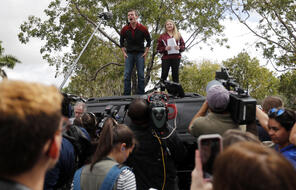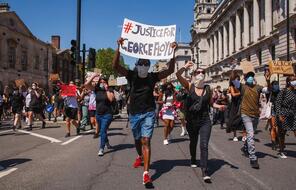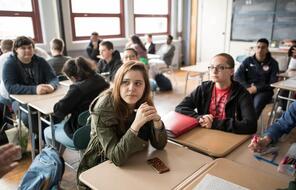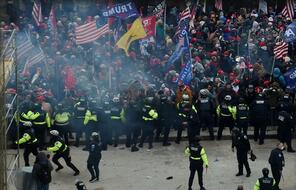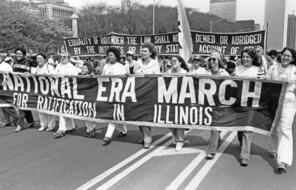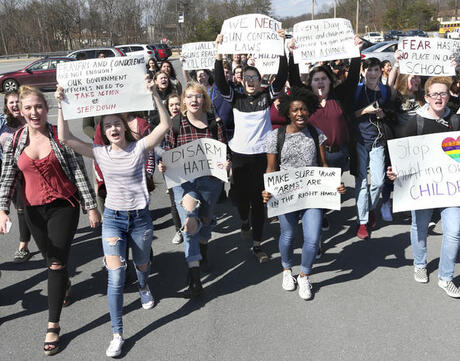
10 Questions for the Present: Parkland Student Activism
At a Glance
Language
English — USSubject
- Civics & Citizenship
- History
- Social Studies
Grade
6–12Duration
One 50-min class period- Democracy & Civic Engagement
Overview
About This Lesson
In this lesson, students will analyze how a 2018 high-school mass shooting in Parkland, Florida, spurred a group of student survivors to become passionate activists against gun violence. They will examine the tools used by their peers on the front lines of a burgeoning social movement—including their engagement with social media and journalism, their electoral strategies, and their internal organization.
Students will put themselves in their peer activists’ shoes and use the 10 Questions Framework to examine in detail how the Parkland students led the way for the nationwide #NeverAgain protest. In the process, they will explore their own feelings toward their Parkland peers and the lessons they can learn from them.
Preparing to Teach
A Note to Teachers
Before you teach this lesson, please review the following guidance to tailor this lesson to your students’ contexts and needs.
Activities
Activities
Materials and Downloads
Quick Downloads
Download the Files
Get Files Via Google
Resources from Other Organizations
10 Questions for the Present: Parkland Student Activism
10 Questions for the Past: The 1963 Chicago Public Schools Boycott
10 Questions for the Future: Student Action Project
Unlimited Access to Learning. More Added Every Month.
Facing History & Ourselves is designed for educators who want to help students explore identity, think critically, grow emotionally, act ethically, and participate in civic life. It’s hard work, so we’ve developed some go-to professional learning opportunities to help you along the way.
Exploring ELA Text Selection with Julia Torres
On-Demand

Working for Justice, Equity and Civic Agency in Our Schools: A Conversation with Clint Smith
On-Demand

Centering Student Voices to Build Community and Agency
On-Demand



